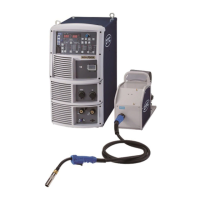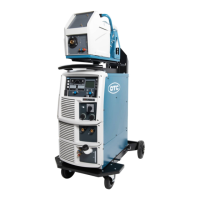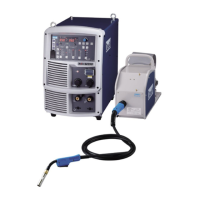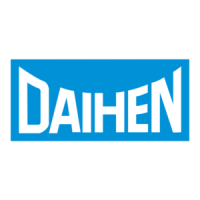Why is the arc unstable on my Daihen Portable Generator?
- AAmy WebbAug 2, 2025
If the arc from your Daihen Portable Generator is unstable, consider these potential causes: * Incorrect welding mode settings: Verify the wire diameter, wire materials, and shielding gas settings. * Defective wire or wire feeding issues: Inspect the wire and wire feeder for any problems. * Incorrect voltage detection cable connection: Ensure the voltage detection cable is properly connected. * Noise in the voltage detection cable: Adjust the arc characteristics to the plus side.




